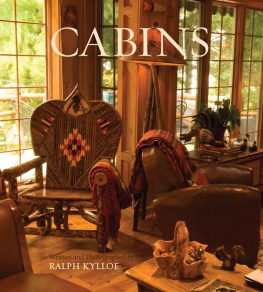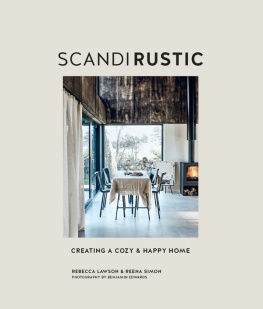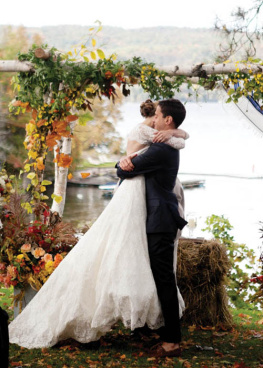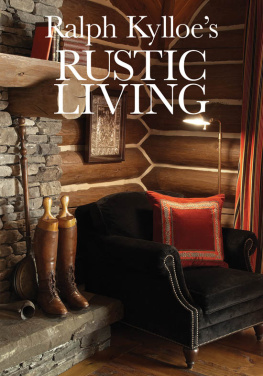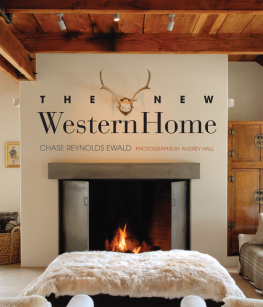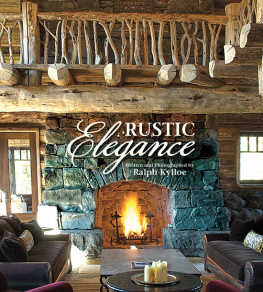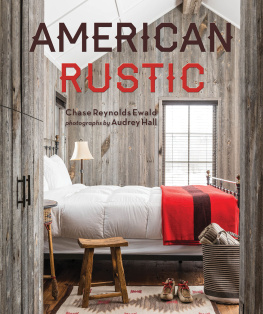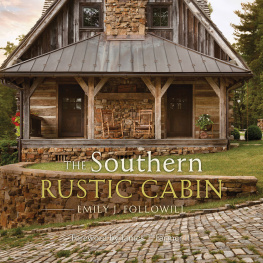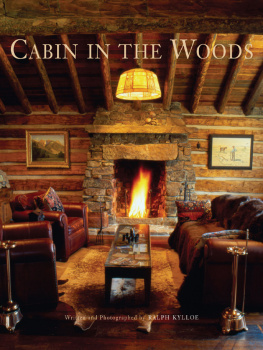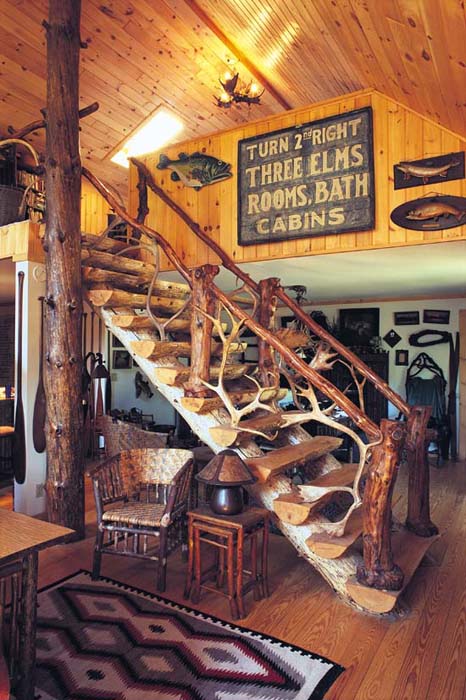All rights reserved. No part of this book may be reproduced by any means whatsoever without written permission from the publisher, except brief portions quoted for purpose of review.
Introduction
When I was in the third and fourth grades, I lived with my family in the small town of Pardeville, Wisconsin. At that time, we struggled, like many families, to make ends meet. But as an adult my memories of that period in my life are softened by the thoughts of my daily summertime fishing activities. There were two lakes in town, and every day that the sun shined I made my way down to the lower lake with my friend Richard Deitman. As eight-year-olds, we would dig in the earth for worms and collect enough to last for another evening of fishing.
At around four in the afternoon, Richard and I made our way to the end of an old wooden pier that creaked and groaned as we settled in for a late afternoon of fishing. Neither of us had good gear. We would buy four hooks for a nickel and took care not to lose them. Our fishing poles were probably secondhand, and the reels often became stuck because we didnt have the proper lubrication to keep them finely tuned. For bobbers, we both used small twigs tied to our lines.
The fishing was extraordinary! Each evening we would catch fifty or so blue gills, sunfish or perch. We kept several of them each night, and I was proud to return home after sundown with dinner for the evening.
Years later and back in Chicago, I joined the local Boys Club, where I traveled with many other inner-city kids to different summer camps. It was there where I enjoyed campfires and camp songs and marshmallows, ghost stories, canoe trips and hot dogs. In time I became a counselor at different camps around the country and continued my love affair with cabins and camps and the entire vacation experience.
Memories of these experiences bring meaning to my life now, and dealing in rustic furnishings for cabins and camps has become my livelihood. Its memories such as these that each of us associate with the cabins, lodges, resorts and ranches that we all love. These are the places that allow us to discover who we are. These are places of peace and comfort.
Ive been photographing rustic homes for many years and have authored more than twenty books on the subject of rustic homes, furniture, and living. This book shares some of my favorite photographs, images that conjure my own memories of time spent at the cabin.
I hope the settings in this book recall some of your own cabin experiences. There are decorating and design ideas galore here. Take some inspiration for your own cabin, even if its nestled in the middle of a big city or blossoming behind the auspices of a suburban home. After all, cabin is a real place, but it can be anywhereeven in a corner of your mind.
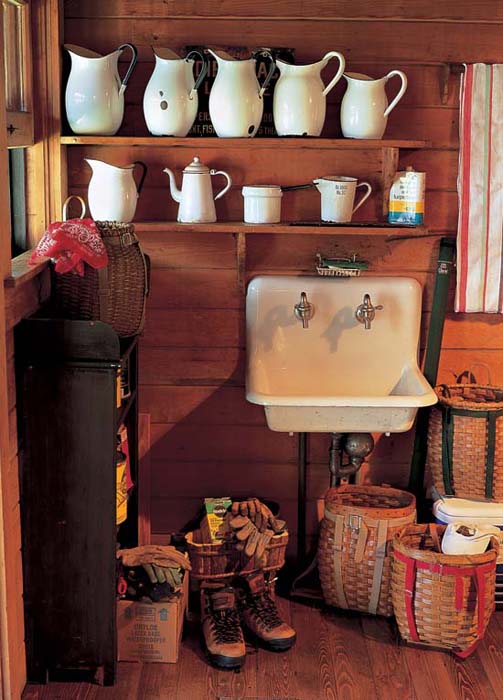
Prized collections of accessories and art often take up residence in cabins. Pitchers, pack baskets, tins and the like give each cabin home personality.
Entryways & Staircases
Everyone knows the importance of a good first impression. What people see as you greet them at your cabin door and bring them inside gives them an immediate feeling of your cabins personality. Moreover, a staircase winding from the entranceway to the second-floor bedrooms adds to the feeling of welcome.
As for the door itself, nothing beats the strength and security of antique oak. If you happen to find a door with a beveled or stainedglass window, youll be lucky indeed. However, the most dramatic front doors are those custom made, with carvings of wildlife, fish or pine boughs. A great way to blend your home with its natural surrounds is to have a door crafted from logs cut on your own property. For existing cabins, you can even order a custom door frame (two vertical sides plus a head piece) and attach it to the outside of your existing frame to avoid a major construction job.
Staircases are as unique as the materials theyre made from. Log banisters are traditionally expected in cabins, and they have personality galore. You can switch it up with wrought-iron or wood balusters carved with nature motifs. In additional to being functional, staircases can be works of art.
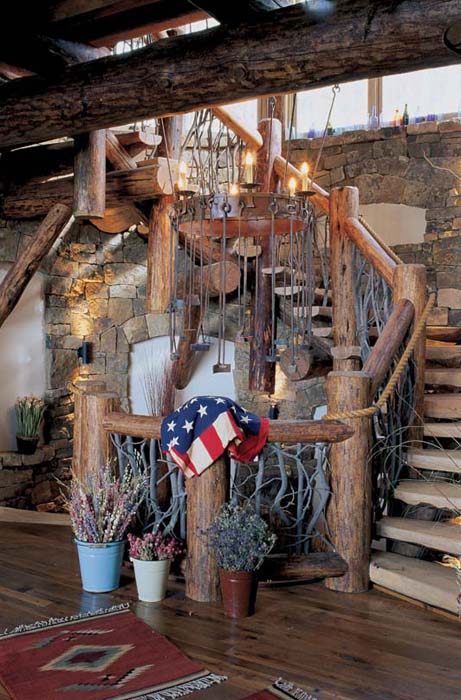
There is plenty to attract interest in this stairway nook: colorful buckets of flowers, a collection of branding irons hanging from a bronze chandelier, and a flag draped over one post for a pop of color. One small drawback of cabins is that the expanses of wood are often dark, necessitating attention to lighting and added color.

A handcrafted twig mosaic door is punctuated with pinecones.

A side table supporting matching lamps and an interesting box chest is flanked by two Indiana hickory chairs. Light from the open door illuminates the painting.
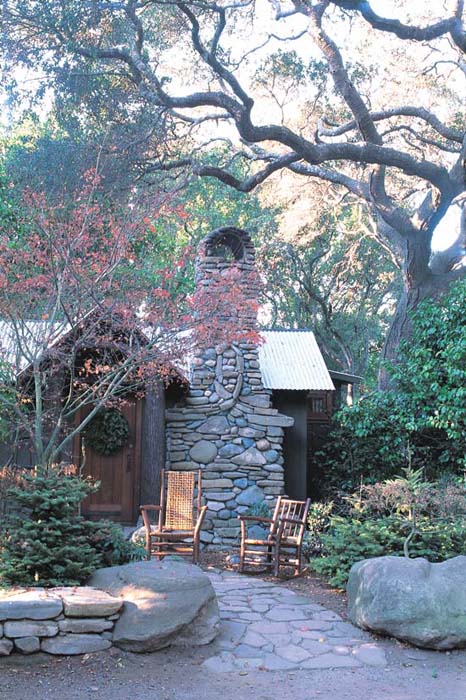
Mankas Inverness Lodge in Marin County, California, has individual cabins for rent. The chairs at the front door make it easy for guests to visit and greet passersby. A luxe evergreen wreath dresses up an otherwise plain but classic wood door.
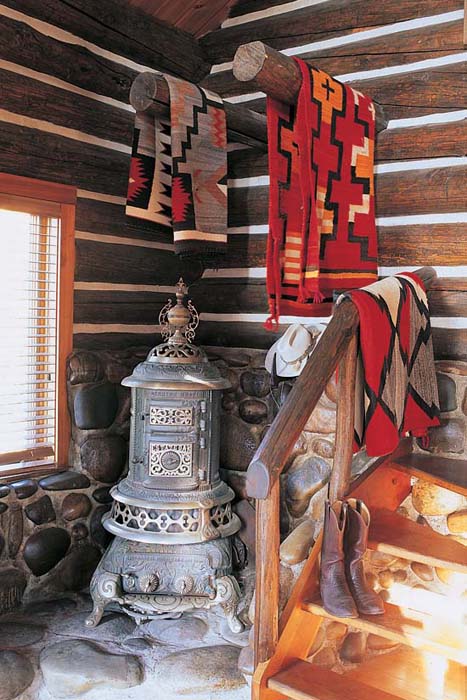
This potbellied stove appears to be functional, but even if it werent hooked up to gas, what a delightful personality it gives to the nook by the stairway. Navajo rugs and camp blankets always have a home in cabin decor.
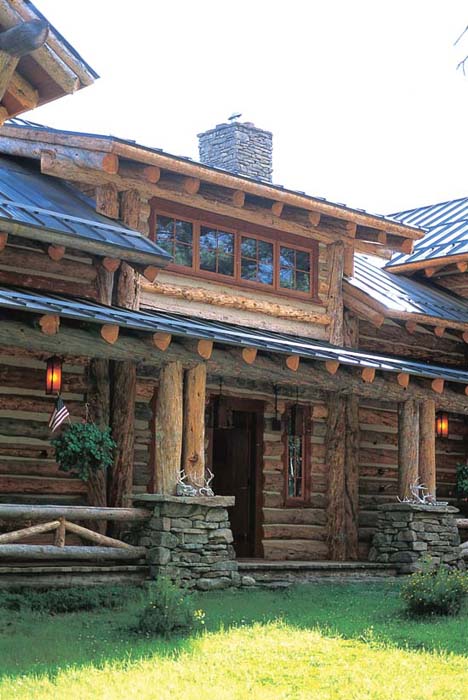
A classic symmetrical entrance has double pole columnsout front and at the side of the dooras well as flanking side lights. Note the impact of accessories: imagine this porch without the antlers, hanging planter and flag. A dormer window reflects the surroundings.
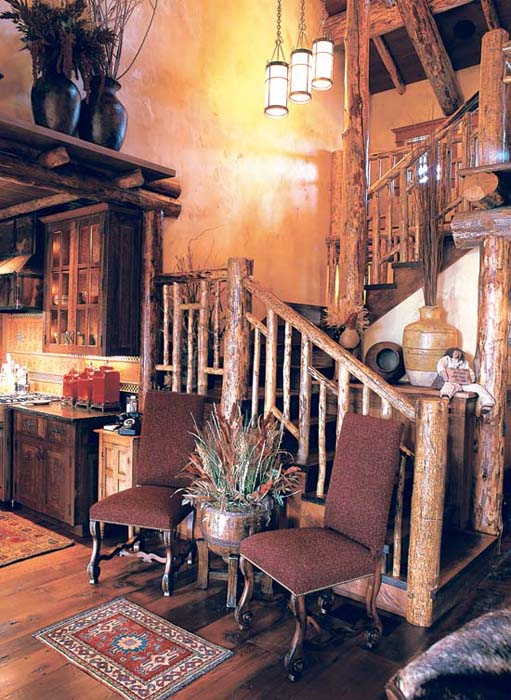
Balusters arranged in a geometric design dress up what could have been an ordinary staircase. Because theres a landing partway up, the entire staircase is visible from the main floor great room.



